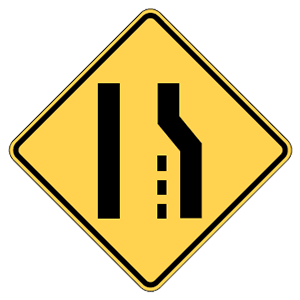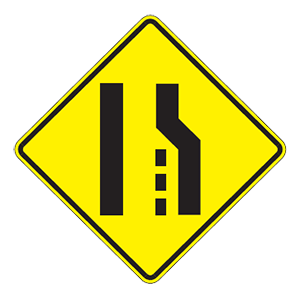2025 Connecticut Permit Test 13
The following questions are from real DMV written tests. These are some of the actual permit questions you will face in Connecticut. Each permit practice test question has three answer choices. Select one answer for each question and select "grade this section." You can find this button at the bottom of the drivers license quiz. For a complete list of questions and answers for Connecticut please visit https://cheat-sheets.dmv-written-test.com/en/connecticut/car.
Number of Tests
Number of Question
Passing Score
17. Signs and lane markings that indicate a no passing zone tell you that:
Explanation
Signs and lane markings that indicate a no passing zone tell you that you cannot see far enough ahead to safely pass. It is dangerous to pass where another vehicle is likely to enter or cross the road. Such places include intersections, railroad crossings, and shopping center entrances.
18. Backing your vehicle is:
Explanation
Backing up is always dangerous because it is hard to see behind your vehicle. Use extra caution when backing up.
19. This road sign means:

Explanation
Warning signs provide notice to road users of a situation that might not be readily apparent and are usually yellow with black markings. This sign alerts drivers to the right lane ending and tells them to prepare for potential merging traffic.
20. This sign means:

Explanation
This sign indicates that the right lane ends ahead. A merging maneuver will be required for drivers in that lane.
21. Check your rearview mirrors:
Explanation
When driving, do not develop a fixed stare. Frequently check your rearview mirrors so you know the positions of vehicles near you.
22. At an intersection with a yield sign, you:
Explanation
When approaching a yield sign, drivers must give the right-of-way to traffic already in the lanes that they intend to enter or cross. Drivers should be prepared to stop when approaching a yield sign but may continue without stopping if there is no conflicting traffic.
23. To improve visibility lowered by rain or fog, drivers should use their:
Explanation
Low beam headlights should be used when driving in rainy or foggy weather. Even if they do little to help you see, low beams will make it easier for others to see you.
24. Which of these statements is true about drinking alcohol and driving?
Explanation
Being under the influence of alcohol affects your judgment. Good judgement is necessary to react appropriately to things that you see or hear while on the road. Even if you are below the legal blood alcohol limit, consuming any amount of alcohol is likely to affect your ability to drive safely.
25. You exit the freeway on a ramp that curves downhill. You should:
Explanation




